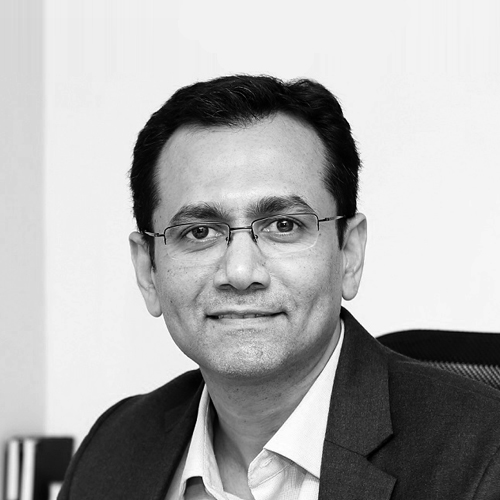
Local crises shouldn’t make one lose sight of the global view, say panellists at CFA Society India summit
The past 15 months have been quite eventful for credit markets in India, to put it mildly. And the effect of some of these will lead to a seismic shift in the way investors approach the debt markets.
But don’t let the local crisis make you lose sight of the global view, says Arvind Rajan, Managing Director, PGIM Fixed Income, USA.
“Emerging market debt was the second-best performing asset class over a 25-year period, after S&P 500,” Rajan said while speaking at the CFA Society India’s ‘First India Fixed Income Summit. 2020: Chaos, calm or cheer?’ in Chennai. BusinessLine was the media partner of the summit.
The risks are moderate in most emerging markets and inflation is also benign, Rajan noted. He highlighted that debt burden can be a drag on global growth, particularly for developed economies.
But why look at the fixed income market if you are an equity investor? Santosh Kamath, Chief Investment Officer, Franklin Templeton Asset Management Company, answered this in his chat with Sriram Mahadevan, Principal, Endowments at the Azim Premji Foundation.
“To value anything, you need a discount rate and the fixed income markets help you in the discovery of that,” he said. The mindset that debt markets have to generate fixed income, the desire for zero volatility, and the numerous risk mitigation rules on segmentation of investor class are hampering the free flow of credit and market development, he observed.
Credit squeeze
Anantha Nageswaran, Dean, IFMR Graduate School of Business at Krea University, noted that credit squeeze was the most proximate cause for the current economic slowdown. He also spoke on the need for quantitative easing (QE), rather than inflation-targeting and possibly more rate cuts, in the discussion session with Ananth Narayan, Associate Professor, SP Jain Institute of Management and Research.
A panel on the current state of the market featured Lakshmi Iyer, CIO (Debt) & Head Products, Kotak Mahindra Asset Management, who said that there has been a higher level of risk aversion in the market.
Rajan noted that such crisis situations often provide good opportunities for those who take a long-term view and can bucket risks.
Sachin Pillai, CEO of Hinduja Leyland Finance, spoke of the company’s journey during the NBFC crisis. Karthik Srinivasan, Senior Vice-President and Group Head, Financial Sector Ratings, ICRA, was asked about the learnings for rating agencies by Jayen Shah, co-founder, Mavuca Capital Advisors, who moderated the session.
In a panel on alternative debt, Vijayendiran Rao, CEO, Sundaram Alternates, spoke about the company’s experience in lending to the real estate sector, and made a case for strong underwriting and risk management to generate good risk-adjusted returns in a stressed sector.
Structured finance
To a question on what role structured finance has played in the Indian debt markets, by moderator Ravi Saraogi, co-founder, Samasthiti Advisors, Kalpesh Gada, Structured Finance Consultant, noted that such products have significantly helped in improving credit flow to the NBFC sector through asset buyouts and securitisation.
But is there interest in these products? “High net-worth investors are interested in alternative debt products but there are not many available to choose from,” said Pramod Kumar, Managing Partner, IIFL Wealth. Bama Balakrishnan, Chief Finance Officer at Northern Arc Capital, highlighted the diversity within the NBFC sector and why one cannot paint the entire sector red, based on the stress faced by a few large ones.

Read the original article:
The Hindu Business Line
